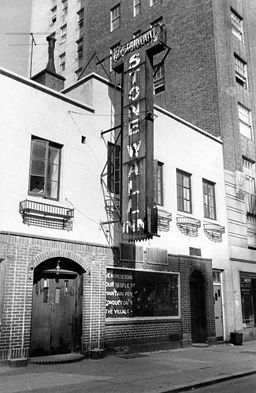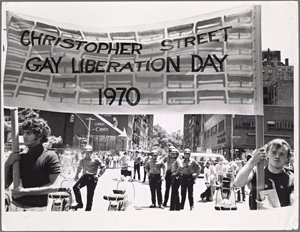Sustainability is big business in building, but what can be done to reduce environmental impacts of the freight transport sector to make it more sustainable? Currently, freight emissions and noise pollution are a big problem in and around the port areas. To make matters worse, greenfield areas are threatened as the demand for more warehouse and distribution space grows.
The Freight Village
A concept called the ‘freight village’ has been successfully trialed and adopted in locations in Europe and Asia. Within a central urban area, goods are consolidated and then transferred into “clean” vehicles for the last mile delivery. Last mile delivery is a term used in logistics for shipment of goods from a transportation hub to their final destination (the business or the home).
Examples of clean vehicles include hybrids, methane-powered vehicles and electric vehicles charged by a renewable energy source.
The main objectives are minimizing greenhouse gas (GHG) emissions released by diesel-powered vehicles starting and stopping or idling in traffic, and cutting down on use of partially-loaded vehicles, an inefficient use of resources.
Cost considerations
Although it may be assumed that consolidation would increase operational costs in a supply chain, Elizabeth Boulton, Director of Logistick, a consulting firm for sustainable supply chains, maintains that long-sighted, holistic consideration of costs demonstrates otherwise.
“Unplanned transport networks that result in high air pollution compromise GHG emission reduction targets and lead to congestion, bringing enormous costs to society overall. They become massive ‘national overheads’ which impact an economy’s overall efficiency.”
Among the freight village success stories Boulton cites, there is one facility in Padova, Italy which has been operating since 2004 and has become integrated into the city’s logistic system. The facility is located six kilometers from the city center in a commercial-industrial area, adjacent to key roads and railway lines. Methane-gas trucks and vans or electric vehicles are used to deliver goods from the freight village’s warehouse into the central business district.
Participation in the freight village’s service is voluntary and incentivized. Transport companies utilizing the service get 24 hour access to the freight village, giving them greater flexibility and avoiding having their trucks locked in traffic all day. Instead their trucks can then be used more effectively in long-haul legs, which saves costs. Additionally, the clean vehicle fleet is granted preferential access to the central business district through dedicated lanes and parking areas, a strong advantage in Padova with otherwise stringent traffic restrictions.
A Bocconi University study found that traffic was reduced by 300 km/day and CO2 emissions in were reduced by 38.4 over the course of 15 months, with comparable reductions in other pollutants as well. The study also concluded that external costs savings in reduced noise, energy use and accidents were the equivalent of 756,000 over a five-year period.
In the U.S., broader consideration of the advantages of freight villages is warranted. Clean, optimally loaded vehicles over highly polluting trucks driving and often idling in populous, congested areas will pay dividends in the 21st Century with less congestion, improved air quality and noise levels and long-term economic benefits.
Natural Gas Trucks: Better than Diesel?
Categories: ECONOMY, ENVIRONMENT







